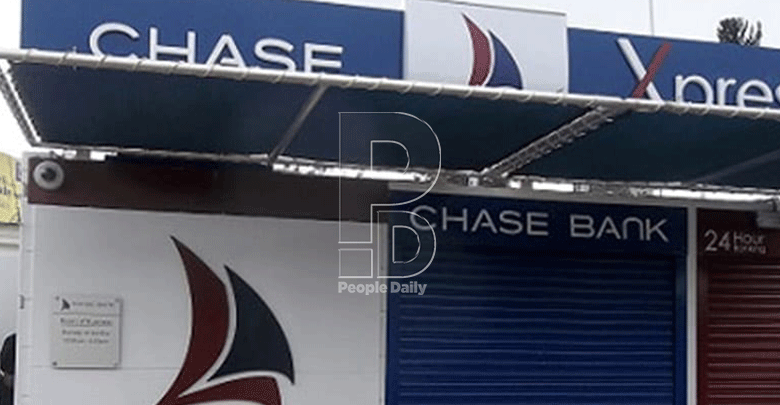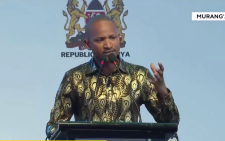Regulator changes tack to cushion insured deposits

Steve Umidha @SteveUmidha
The Kenya Deposit Insurance Corporation (KDIC) is considering sweeping changes that could see failed depositors get their insured deposits within the shortest time possible.
Some of the changes will require licenced commercial and micro-finance banks and mortgage finance institutions to frequently share data and information with the agency in collaboration with the Central Bank of Kenya (CBK) to help monitor and track financial activities in these institutions.
Through its ‘zero bank failure’ mantra, KDIC chief executive Mohamud Ahmed Mohamud told People Daily that the new approach seeks to bring to an end depositors’ woes as previously seen with some failed banks.
Last mile of resolution
“We want to use Chase Bank as a model of our last mile of resolution. We want to use international best practices where a decision is made eight months before a bank fails.
Once we discover a bank has a slight problem, we can move into that bank without anyone knowing and fix it beforehand,” said Mohamud.
It is a practice which he says has been effectively employed in other markets like Nigeria, where a distressed bank can reopen within days of closure.
“In those markets they do it before banks fail. My dream is to see KDIC close a bank on a Friday and reopen it on a Monday,” he adds..
The agency will aim to use its recently unveiled risk-based insurance premium model whose aim will be to safeguard Kenyans putting their money in banks with speedy resolution procedures.
The move will however require close participation of other actors like the CBK, Treasury and other relevant agencies.
Depositors of failed banks have been known to wait for years on end for the payment of their insured deposits by the DIC and sometimes to no avail.
Poor documentation
Previously, the corporation faced roadblocks in the full payment of trapped depositors’ funds as a result of difficulty in realising assets of banks in liquidation.
This was due to poor documentation by the banks, revocation of title by authorities and litigations over the assets.
Depositors including those from Chase, Imperial and Charterhouse banks for instance, are yet to be paid, even though a chunk of depositors affected by closed banks with deposits below Sh500,000 have been paid through the agency.
However, Dr. Sam Nyandemo, an economist and a University of Nairobi lecturer calls the move by KDIC a deal in the right direction, but one that may not live to its billing.
“It is a dream. A wishful thinking and a marketing strategy. I do not think they have the capacity owing to the fact that our economy is so fragile unlike other markets with deepened financial systems,” said Nyandemo in a telephone interview yesterday.
He said the agency should also mull with the idea of making it easier for private equity firms to buy insolvent lenders, in a move that could reduce the number of failed banks that the fund would have to support.
Peter Macharia, a banker and economist, reckons that KDIC could, in its quest to meet its ambitions, seek to entice buyers by agreeing to share some of the potential losses from failed banks.
“I see a scenario where KDIC will be inclined into retooling its financing programs to make it cheaper for bidders to buy the toxic assets of closed lenders,” said Macharia.












